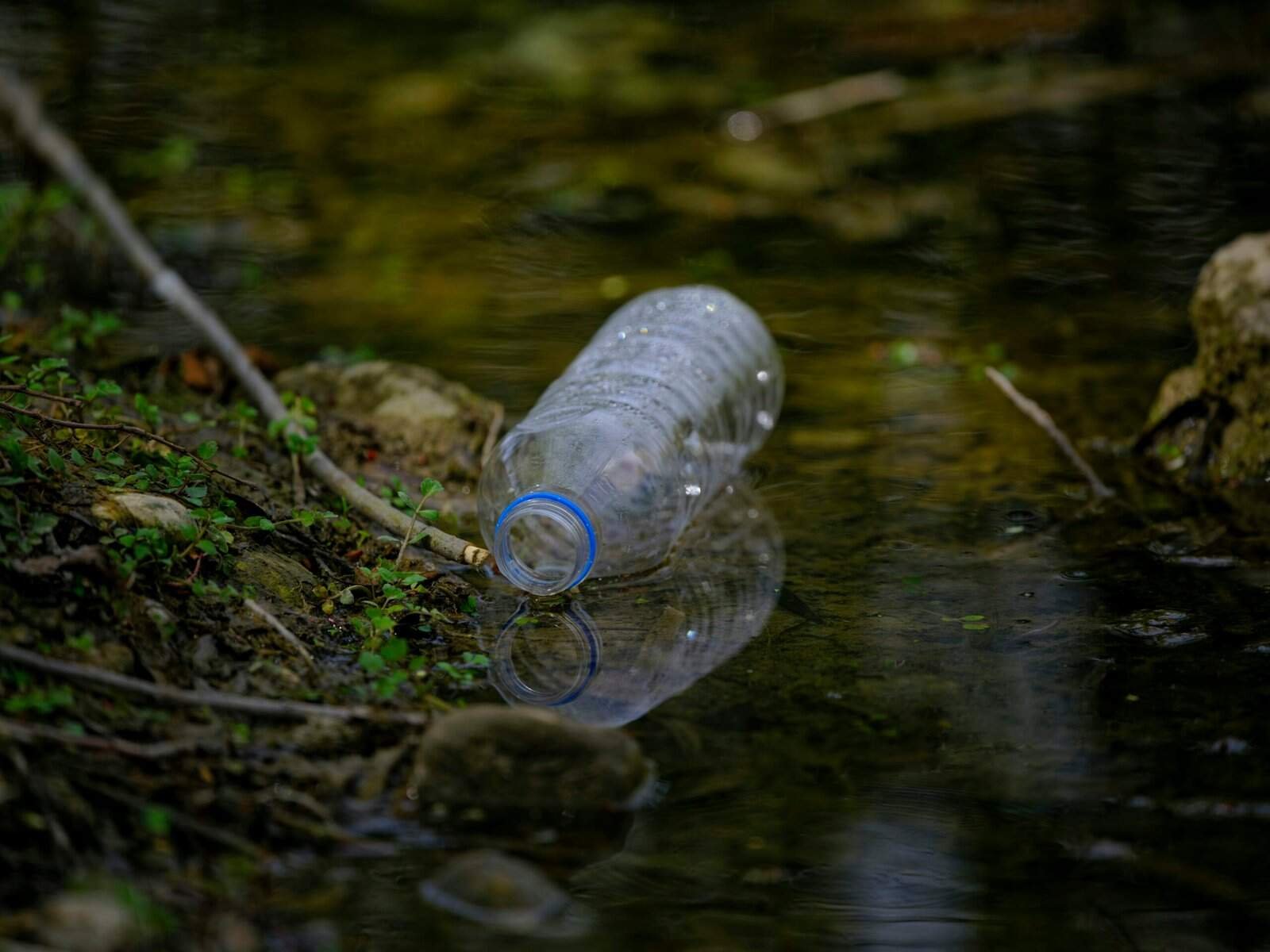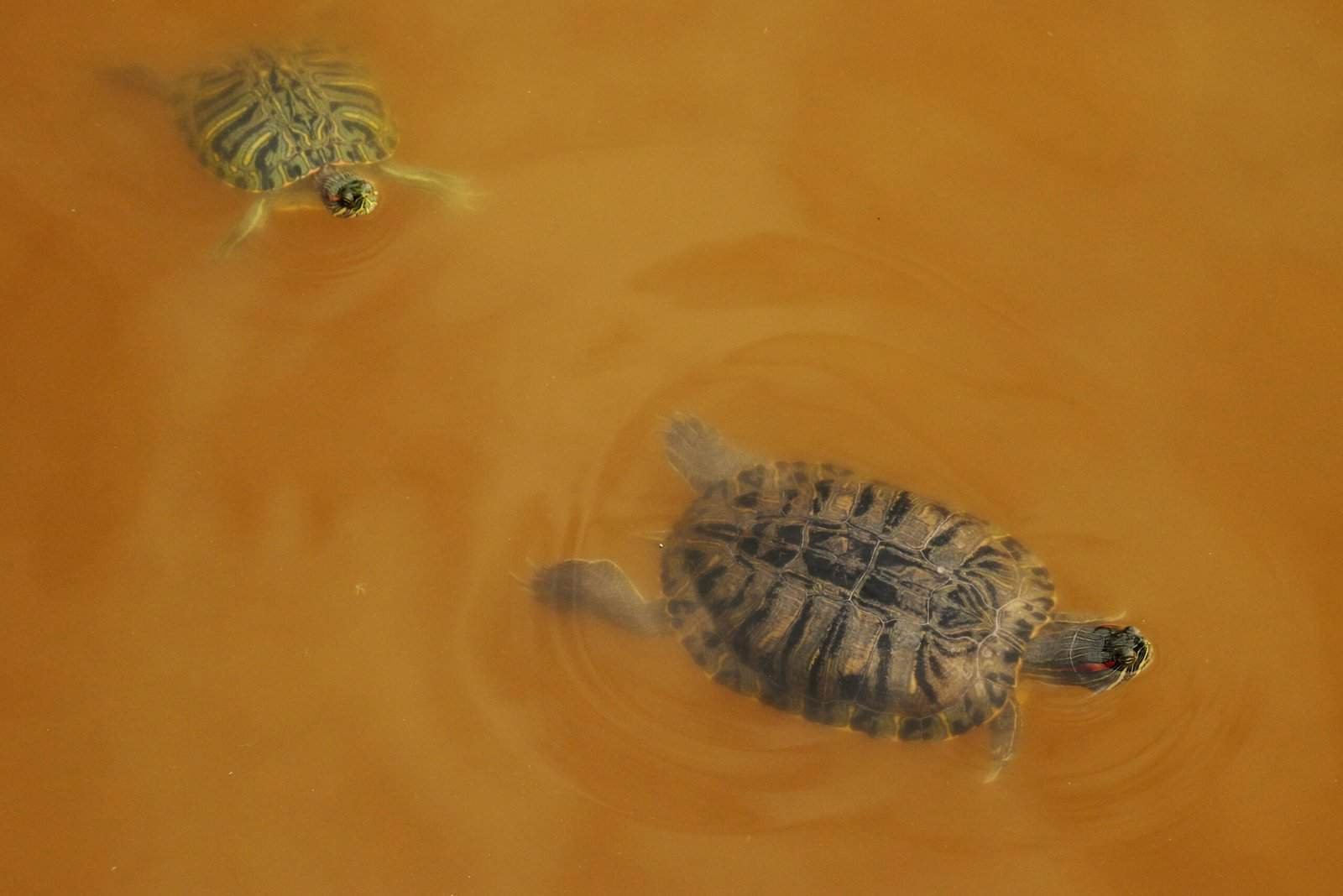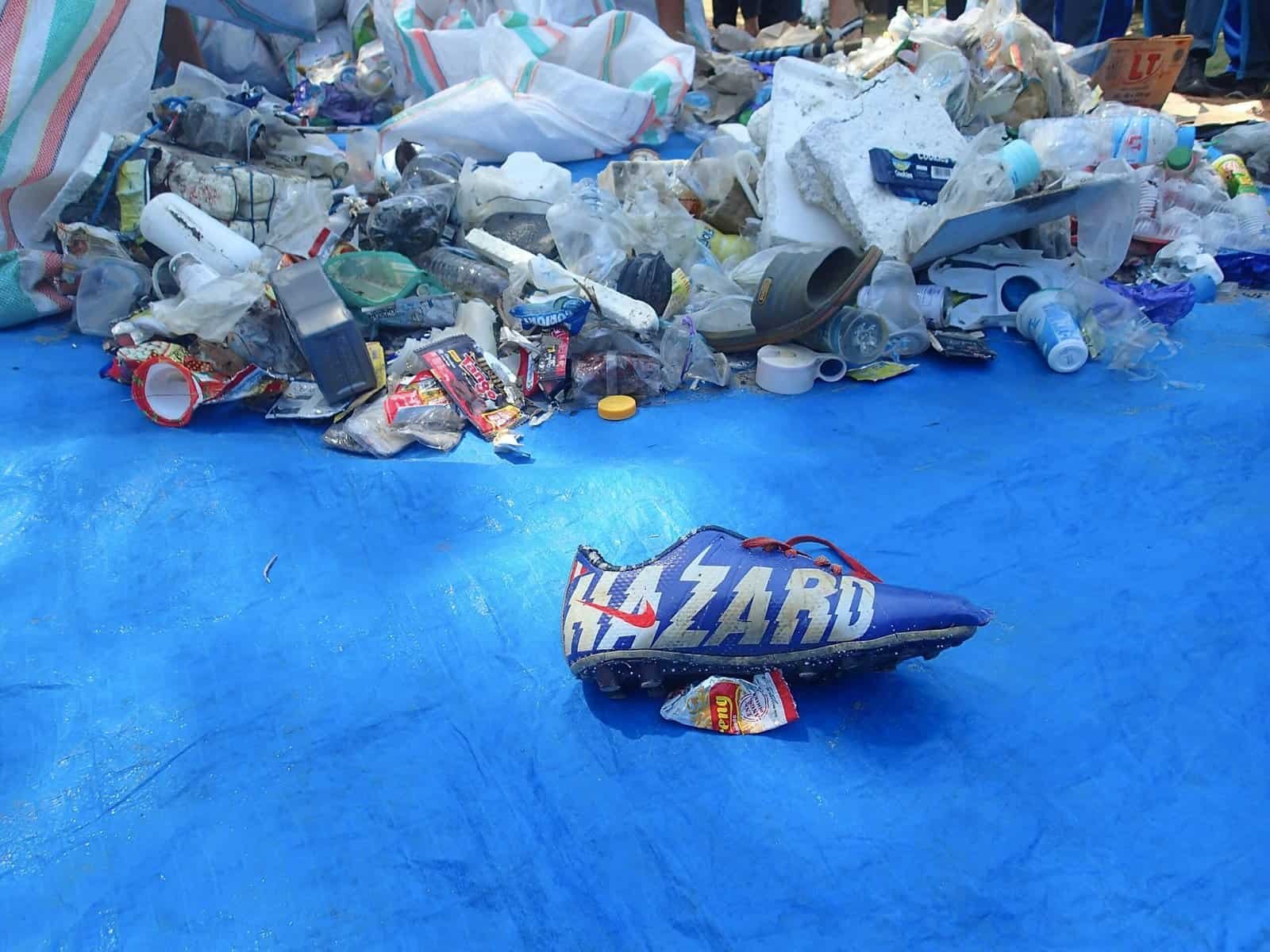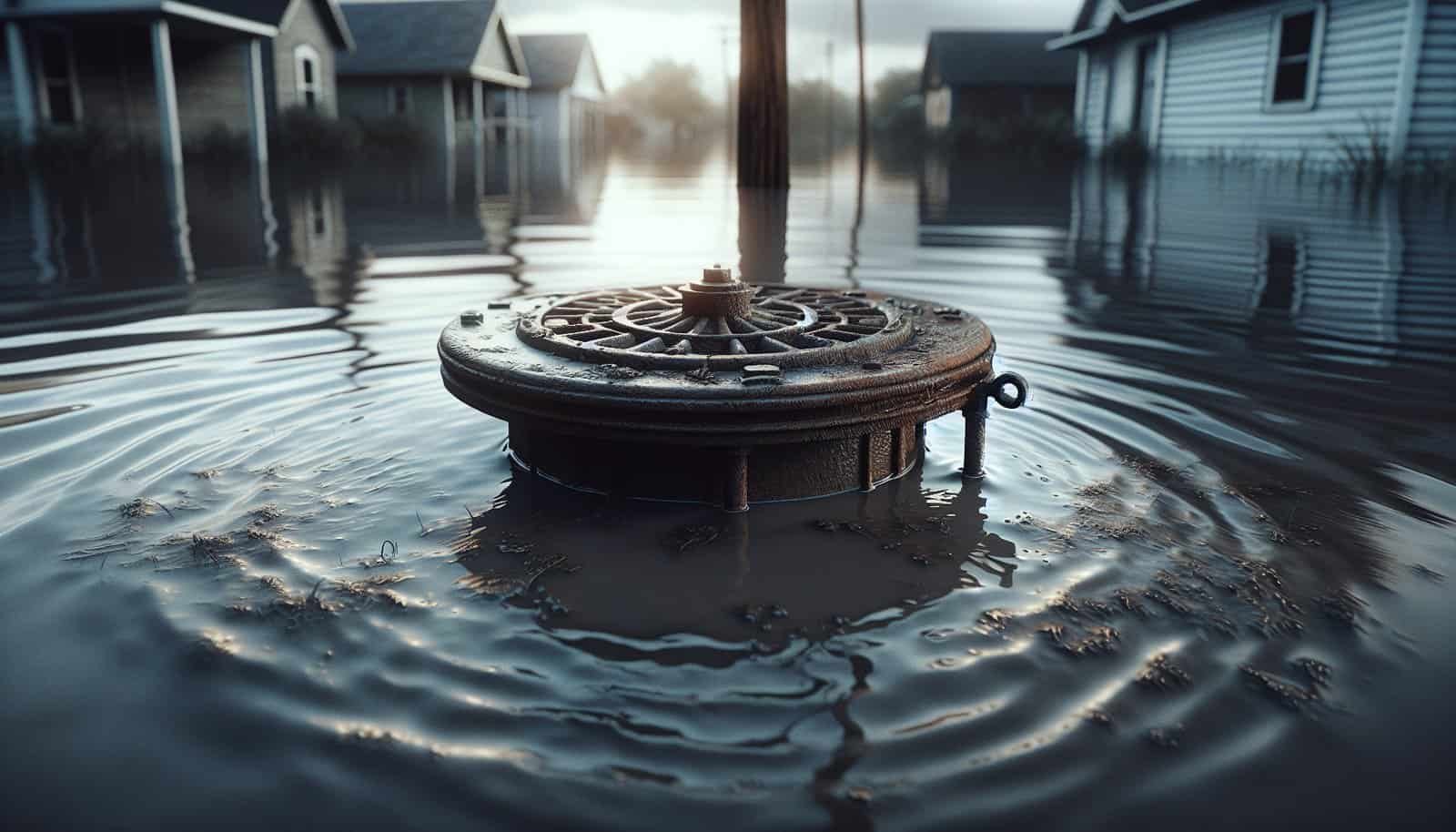Can flooding contaminate my well water?

Can Flooding Contaminate My Well Water?
Flooding can pose a serious threat to private wells, and you should treat any flooded well as potentially contaminated. If floodwaters reached your wellhead, pit, or any part of the system, harmful bacteria, viruses, chemicals, and sediments can enter your water supply. Taking prompt action helps protect your health and prevents long-term damage to your well system.
Why Floodwaters Threaten Well Water
Floodwaters are a mix of rainwater, runoff, sewage, agricultural waste, and industrial pollutants. They can carry pathogens, chemicals, and heavy sediments that your well isn’t designed to filter out. Because wells draw groundwater from the surrounding aquifer, contaminants can be pushed into the well casing or seep into shallow groundwater near the well during a flood.
How Flooding Can Contaminate a Well
You should understand the pathways through which floodwater can contaminate a well to take effective protective measures. Floodwater can enter through the top of the well, around the casing, through floods affecting the well cap and vents, or by overwhelming septic systems uphill and pushing contaminants into the groundwater.
Direct Entry Through the Wellhead
If floodwater rises above the top of your well or reaches the well cap, contaminants can be introduced directly into the well shaft. You should always check the integrity of the cap, seal, and casing after a flood.
Surface Seepage and Shallow Groundwater
Even if the wellhead appears intact, surface water can seep into the ground and push contaminants into shallow aquifers. If your well is shallow, it’s especially vulnerable to this type of contamination. This is why you should consider the well depth and surrounding topography when evaluating risk.
Backflow from Flooded Septic Systems and Drainage
Septic systems, storm drains, and manure storage that are flooded can release pathogens and nutrients into groundwater, which can migrate to nearby wells. If septic systems are compromised, your well can become contaminated even if it didn’t take on water directly.
Types of Contaminants to Be Concerned About
Flood contamination is not limited to bacteria. Knowing the range of possible contaminants helps you decide what tests to order and what remediation to use.
| Contaminant type | Common sources during floods | Potential health effects |
|---|---|---|
| Bacteria (E. coli, coliforms) | Sewage, animal waste, septic failures | Gastrointestinal illness, fever, diarrhea |
| Viruses (norovirus, enteric viruses) | Sewage, human waste | Stomach flu, vomiting, severe dehydration in vulnerable people |
| Protozoa (Cryptosporidium, Giardia) | Animal and human feces | Persistent diarrhea, stomach cramps |
| Nitrates/Nitrites | Agricultural runoff, septic discharge | Methemoglobinemia (“blue baby” syndrome) in infants |
| Heavy metals (lead, arsenic) | Industrial runoff, disturbed sediments | Long-term neurological, kidney, and developmental issues |
| Pesticides/herbicides | Agricultural runoff | Acute and chronic toxicity, hormonal effects |
| Sediment and turbidity | Soil erosion, runoff | Clogs, reduced effectiveness of disinfection |
| Organic chemicals (fuel, solvents) | Flooded garages, fuel tanks, industrial spills | Acute poisoning, long-term cancer risk |
Why Pathogens Are a Primary Concern
Bacteria, viruses, and protozoa are often the most immediate health threat after flooding because they can cause acute gastrointestinal illnesses. You should treat the water as unsafe for drinking, cooking, brushing teeth, or making ice until testing and remediation confirm it’s safe.

Immediate Actions to Take If Your Well Was Flooded
If your well was affected by flooding, taking immediate steps reduces risk and helps you return to safe water use faster. You should assume contamination until testing proves otherwise.
- Stop using the water for drinking and cooking. Use bottled water or water from an unaffected source. You should also avoid using well water for brushing teeth, preparing baby formula, or making ice.
- Turn off the well pump if there’s obvious flood damage or electrical hazards. This prevents drawing in contaminated water and protects your pump.
- Prevent cross-contamination. Avoid wading or walking through floodwater near the wellhead to reduce the chance of spreading contaminants.
- Contact local health or environmental authorities. Your local health department can provide guidance and may recommend specific tests based on local hazards.
- Arrange for professional inspection if the well casing, cap, or electrical components were submerged or damaged.
Safety First: Personal Precautions
When inspecting outside, use protective gloves and boots if you must approach flood-affected areas. Avoid contact with floodwater and contaminated materials, and wear appropriate protective gear when handling the pump or electrical components.
Testing Your Well Water: When and What to Test
Testing is the only way to confirm whether contamination occurred and what type of contamination you face. You should schedule testing promptly after any flooding event affecting your well.
Basic Immediate Tests
Start with tests that detect fecal contamination and major health risks:
- Total coliform bacteria and E. coli: These are indicators of recent fecal contamination.
- Nitrate/nitrite: Especially critical if you have nearby agricultural activity or a septic system.
- Turbidity: High turbidity means water is cloudy and can protect pathogens from disinfection.
Expanded Testing Based on Risk
Depending on what’s in your area or what flooded materials were nearby, you may need:
- Testing for specific pathogens (e.g., Giardia, Cryptosporidium) if symptoms appear or if animal waste was present.
- Volatile organic compounds (VOCs) if there were fuel or chemical spills.
- Metals testing (lead, arsenic) if industrial contaminants or disturbed sediments are possible.
- Pesticide and herbicide screens if agricultural runoff reached the site.
Who Should Do the Testing
You should use a certified laboratory for well water testing, not home kits, for reliable results. Local health departments can often provide sampling kits or refer you to certified labs. If you test immediately after a flood, plan to repeat tests after disinfection and again in a few weeks to confirm the water remains safe.

How to Collect a Proper Water Sample
Proper sample collection is essential to get accurate laboratory results. You should follow these steps or use a sampling kit from your local health department.
- Use sterile bottles from the laboratory or health department. Do not use containers from home or previously opened bottles.
- Run the water for a few minutes to purge the system (unless guidance from your lab says otherwise).
- Disinfect the tap before collecting the sample: flame or use an alcohol wipe if safe and allowed. Some labs have specific directions for the sample source (e.g., directly from wellhead vs. indoor tap).
- Fill the bottle without touching the inside of the cap or bottle mouth. Tighten the cap and label as instructed.
- Keep the sample cool and deliver to the lab within the specified time window (usually 24 hours). You should follow the lab’s instructions exactly.
Shock Chlorination: What It Is and When You Should Use It
Shock chlorination is a common, effective method to disinfect a well after contamination. You should consider shock chlorination if tests show bacteriological contamination or after flood exposure as a preventive measure when recommended by health authorities.
How Shock Chlorination Works
Chlorine is added in high concentration (shock level) to kill bacteria and many other pathogens throughout the well, plumbing, and storage tanks. The chlorinated water is circulated through the system and allowed to sit for a recommended contact time before flushing and retesting.
When Not to Rely Solely on Chlorine
Chlorine is effective against many bacteria and viruses but less so against certain protozoa like Cryptosporidium. In cases of chemical contamination (VOCs, heavy metals, pesticides), shock chlorination won’t remove the contaminant. You should rely on testing and professional guidance for non-biological contamination.

Step-by-Step Guide to Shock Chlorinating a Well
If you decide to shock chlorinate yourself, follow a careful procedure. If you’re uncomfortable, hire a well professional. Always follow safety instructions and local regulations.
- Calculate the amount of chlorine needed. You should estimate the volume of water in the well and distribution system. Most guides recommend bringing the water to a free chlorine concentration of 50–200 ppm for shock treatments. Check local guidelines for exact dosages.
- Use household bleach (sodium hypochlorite) without additives, or follow product instructions for well disinfection.
- Turn off the well pump and open a tap to relieve pressure, then access the wellhead. Put on protective gloves and eyewear.
- Add the chlorine solution into the well. Allow the solution to trickle down the casing so it coats the inside surfaces.
- Reconnect power and run water from each cold water tap until you smell chlorine. Then run hot water taps to bring chlorinated water into the hot water tank.
- Let the system stand with the chlorine for the recommended contact time (often 6–24 hours). Keep people and pets away from the water during this time.
- After the contact time, flush the system by running taps until the chlorine smell is gone. Properly dispose of highly chlorinated water according to local guidance (discharging into the ground or septic may have restrictions).
- Retest your water for bacteria (total coliform and E. coli) after the treatment and flushing. Repeat treatment if tests show persistent contamination.
Safety Notes for Chlorination
You should never mix bleach with other household chemicals, especially ammonia or acids. High chlorine doses can be corrosive to some plumbing materials and may affect the septic system. Use recommended concentrations and seek professional help if unsure.
When to Call a Professional
You should call a licensed well contractor or water treatment professional when:
- The well casing or cap is damaged by flood debris.
- The well pump or electrical system is submerged or compromised.
- You suspect chemical contamination from fuel or industrial spills.
- Shock chlorination did not resolve bacterial contamination.
- Your well is deep or complex and you need accurate volume calculations for disinfection.
Professionals can also perform more advanced treatments such as filtration, ultraviolet (UV) disinfection, or specialized chemical removal systems for contaminants not treatable by chlorine.

Preventive Steps to Protect Your Well from Future Flooding
You should be proactive about protecting your well before the next flood. Prevention reduces the likelihood of contamination and the need for emergency treatments.
Elevate and Seal the Wellhead
Ensure your wellhead extends above the highest known flood level for your area. Use watertight caps and sanitary seals to prevent direct entry of surface water.
Maintain Proper Topography and Drainage
Grade the area around the well so water drains away from the wellhead rather than toward it. Avoid low spots where water pools. Consider improving yard drainage or installing barriers if flooding is frequent.
Secure Nearby Hazards
Keep fuel tanks, chemical storage, and septic systems uphill or at a safe distance from the well. Regular maintenance of septic systems reduces the risk of contamination during floods.
Regular Maintenance and Inspections
You should have your well system inspected periodically for cracks, loose caps, or compromised seals. Regular maintenance and testing reduce surprises during extreme weather.
Long-Term Treatment Options for Recurrent Problems
If flooding or contamination happens repeatedly, you should consider long-term treatment systems tailored to the contaminants you face.
- UV Disinfection: Effective against many bacteria and viruses; works best on clear, low-turbidity water.
- Point-of-Use Filters: Reverse osmosis systems or carbon filters can remove many chemicals and improve taste; not all filters handle all contaminants.
- Whole-House Filtration: For persistent sediment or chemical issues, whole-house systems can protect plumbing and appliances.
- Nitrate Removal Systems: Specialized ion exchange or reverse osmosis systems remove nitrates that are dangerous for infants.
Work with a water treatment professional to choose systems based on reliable lab data.
Symptoms of Contaminated Well Water to Watch For
You should be vigilant for signs that suggest water contamination, especially after a flood. Symptoms of exposure can vary by contaminant and by person.
| Symptom | Possible cause |
|---|---|
| Diarrhea, stomach cramps, vomiting | Bacterial, viral, or protozoal contamination |
| Fever, dehydration | Severe infections from pathogens |
| Skin irritation, rashes | Chemical irritants or high chlorine levels |
| Metallic taste or discolored water | Metals like iron, manganese, or lead; disturbed sediments |
| Persistent bad smell (fuel, solvents) | Chemical spills, petroleum contamination |
| Unusual stains on laundry, fixtures | High levels of iron, manganese, or organic chemicals |
If you or household members develop severe symptoms, seek medical attention and report possible water exposure to your health department.
Timeline: What to Expect After a Flood
Understanding a typical timeline helps you plan testing, disinfection, and return to normal water use.
- Immediately (0–24 hours): Treat water as unsafe for drinking. Turn off pump if needed. Contact authorities.
- Short term (1–7 days): Collect and send water samples. Arrange for bottled water. Conduct shock chlorination if advised.
- Medium term (1–4 weeks): Retest water post-disinfection. Install temporary filters if needed for non-biological contaminants.
- Long term (1–3 months): Complete any required professional treatments for chemical contamination. Consider permanent upgrades to well protection and monitoring.
Cost Considerations
You should be aware of the potential costs so you can budget for testing, treatment, and repairs.
| Item | Typical cost range (USD) |
|---|---|
| Basic water lab test (coliform, E. coli, nitrates) | $25–$150 |
| Expanded contaminant panel (metals, VOCs, pesticides) | $200–$800+ |
| Shock chlorination (DIY) | Cost of bleach and supplies: $20–$100 |
| Contractor-performed disinfection | $150–$500 |
| Well repairs (cap, casing) | $200–$2,000+ depending on damage |
| New pump or electrical work | $500–$3,000+ |
| Long-term treatment systems (UV, RO, whole-house) | $500–$10,000+ |
These costs vary widely by region, contamination type, and well complexity. Always get multiple quotes for major repairs or installations.
Frequently Asked Questions (FAQ)
You should find answers to common concerns so you can act quickly and confidently after a flood.
Can I boil my well water to make it safe after a flood?
Boiling water can kill bacteria, viruses, and protozoa but won’t remove chemicals, heavy metals, or toxins. Boiling is a short-term option for microbiological contamination if testing confirms only pathogens are present. You should still test and consider long-term solutions.
How long after shock chlorination will my water be safe?
After shock chlorination and thorough flushing, retest for bacteria. If lab results are clear for total coliform and E. coli, you can resume drinking the water. This often takes a few days to a couple of weeks, depending on the situation and testing turnaround time.
Is bottled water always necessary?
You should use bottled water while your well is suspected to be contaminated or until lab results confirm it’s safe. Bottled water is essential for vulnerable populations like infants, pregnant people, elderly, and immunocompromised household members.
Will insurance cover well contamination from flooding?
Coverage varies widely. You should check your homeowner’s insurance and flood insurance policies. Standard homeowner’s insurance often doesn’t cover flood damage — separate flood insurance may be necessary. Document damage with photos and keep receipts for cleanup and repairs.
Emergency Checklist After Flooding
Keep this checklist handy for a quick response if your well is impacted.
- Assume the water is contaminated: stop drinking and cooking with it.
- Use bottled water for drinking, food prep, and hygiene for vulnerable people.
- Turn off well pump if submerged or if electrical hazards exist.
- Contact local health department for guidance and sample kits.
- Arrange and submit water samples to a certified lab.
- Consider immediate shock chlorination if advised.
- Avoid wading around wellhead and contaminated areas.
- Record flood levels and damage for insurance and professional assessment.
- Keep receipts for any cleanup expenses for insurance claims.
Final Notes and Next Steps
You should treat a flooded well as a potential health hazard and act quickly. Immediate precautions such as avoiding the water, getting it tested, and disinfecting when needed will protect your household. Invest in preventive measures like sealing the wellhead, improving drainage, and scheduling regular inspections to lower the risk of future contamination. When in doubt, consult local health authorities and water professionals for tailored advice.
If you want, I can help you prepare a step-by-step checklist specific to your property, draft a sample email to your local health department requesting testing guidance, or list certified labs in your state where you can send water samples. Which would you like to do next?
